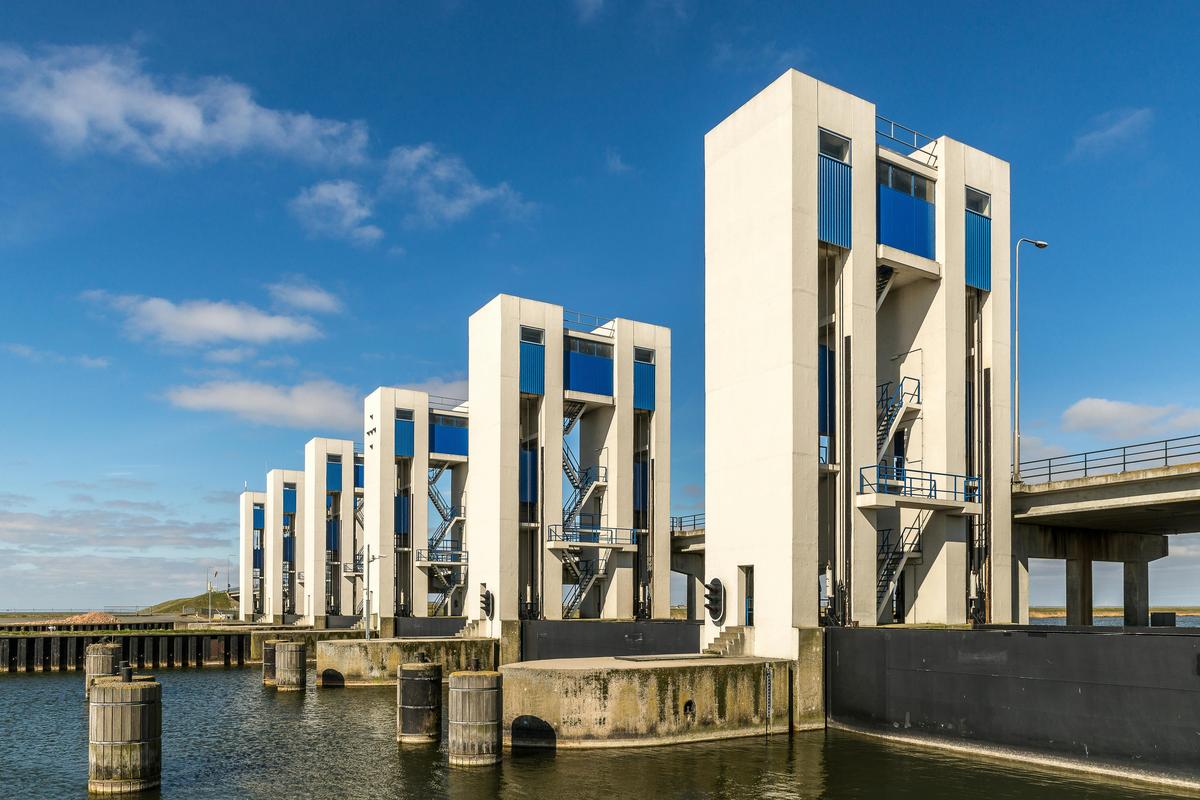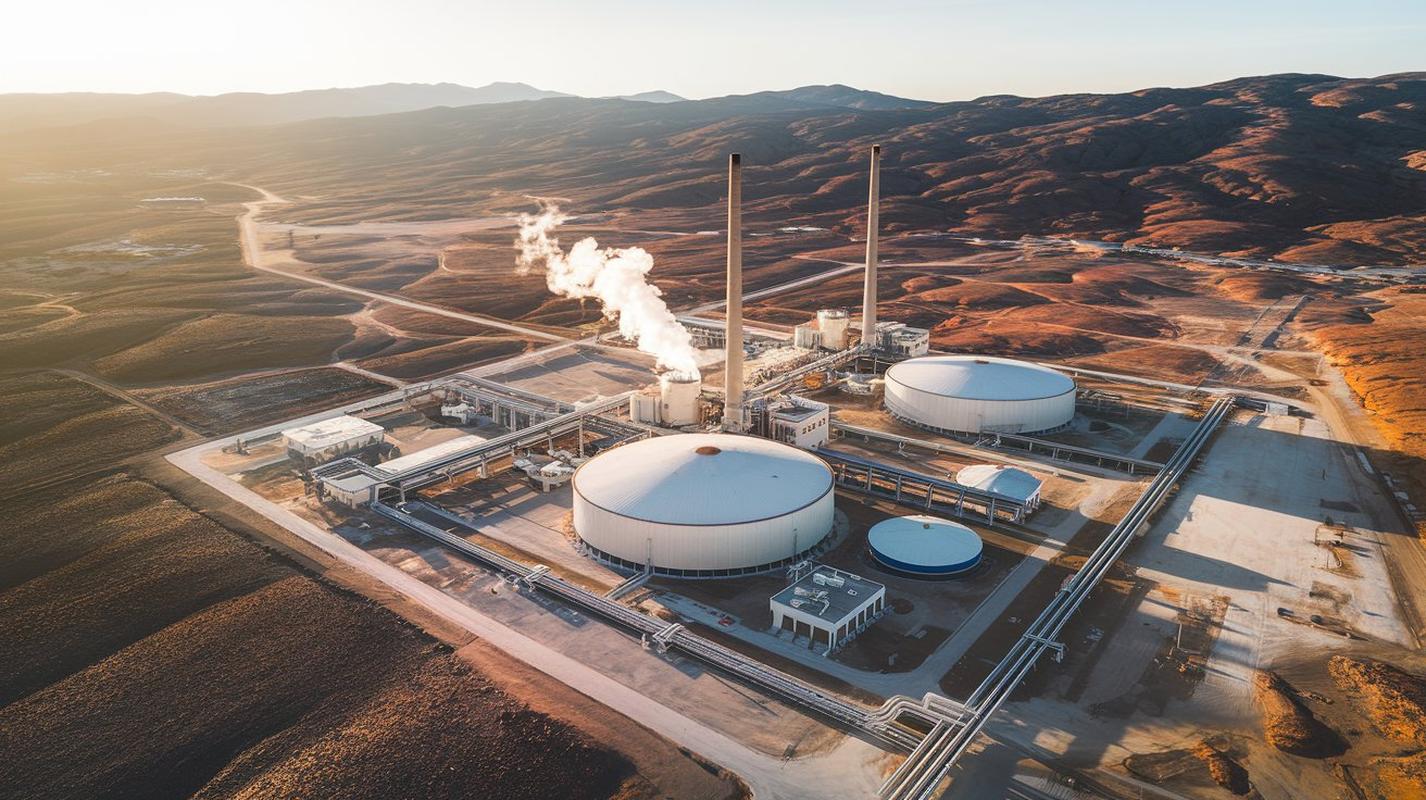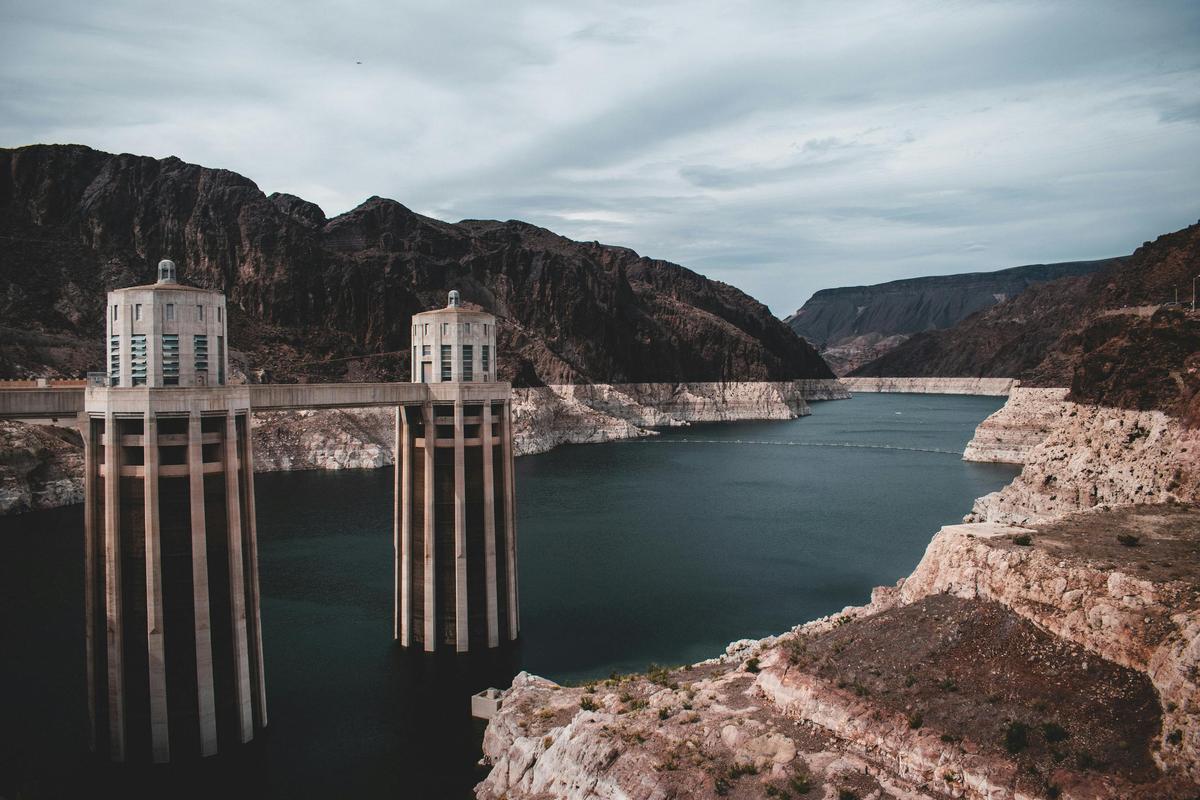Understanding Desalination: What It Is and How It Works
Desalination, the process of removing salts and minerals from salty water, has become a crucial solution to tackle the increasing global water scarcity issue. With almost 16,000 desalination plants operating in 177 countries, this technology is playing a key role in providing fresh water to communities worldwide. Some countries, like Bahamas, Maldives, and Malta, rely completely on desalination to meet their water needs, while Saudi Arabia gets half of its drinking water from this process.
However, we can’t ignore the environmental and economic impacts of desalination. For every liter of drinkable water produced, about 1.5 liters of highly salty wastewater, or “brine,” is created. This concentrated brine, twice as salty as seawater, can harm marine ecosystems, leading to the creation of dead zones where few organisms can survive. Globally, a worrying 80% of this wastewater ends up in our oceans, rivers, and wetlands, posing a significant threat to aquatic life and habitats.
The financial burden of desalination is also a concern. While agricultural businesses in regions like the San Quintin valley in Mexico can offset the high costs through government subsidies, these subsidies are often not given to domestic and community-based desalination projects. This inequality results in higher water utility rates for local populations, many of whom already struggle with limited resources and poverty. Addressing this imbalance will be crucial in ensuring fair access to clean water.
As the world deals with the dual challenges of water scarcity and environmental protection, the future of desalination will need a careful balance. Innovations in brine management, energy efficiency, and cost-effective technologies could help reduce the negative impacts, paving the way for a more sustainable desalination industry. By understanding the complexities and trade-offs, we can work towards a future where desalination serves as a reliable and environmentally responsible solution to our global water needs. 1 2
 Photo by Mike Van Schoonderwalt on Pexels
Photo by Mike Van Schoonderwalt on Pexels
Environmental Impacts of Desalination: Is It Truly Sustainable?
The world is dealing with water scarcity, and desalination has become a promising solution to meet the increasing demand for freshwater. However, we can’t ignore the environmental impacts of this technology. Desalination plants are popping up all over the world, with more than 18,000 facilities producing 22,870 million gallons of freshwater per day by 2015. But there’s a downside - these plants also create a huge 141.5 million cubic meters of brine each day, which is way more than the 95 million cubic meters of freshwater they produce.
The environmental effects of desalination go beyond just the brine discharge. Thermal desalination, in particular, can cause thermal pollution, raising seawater temperature, salinity, and turbidity, which can disrupt marine ecosystems and affect fish migration. Additionally, the effluents from these plants can contain micro-elements and toxic materials, further damaging the ocean’s delicate balance.
Luckily, technology advancements have provided some relief. Reverse osmosis, a modern membrane-based approach, is a more sustainable option, using much less energy and producing less brine compared to thermal desalination. Also, subsurface intake methods can lessen the impact on marine life during the intake process.
“Desalination plants use over 200 million kilowatt-hours of energy per day worldwide, highlighting the need for renewable energy solutions to power these facilities.”
As the demand for freshwater keeps growing, it’s important to carefully assess the sustainability of desalination. Incorporating renewable energy sources, like solar power, can help reduce the energy-intensive nature of this process. Additionally, innovative brine management strategies and a focus on minimizing the environmental footprint of desalination plants will be key in ensuring a more sustainable future for this technology. 3 4
 Photo by Alexander Graf on Pexels
Photo by Alexander Graf on Pexels
Economic Viability of Desalination: Costs and Benefits
Desalination has become a crucial solution for regions facing water shortages, providing a reliable source of freshwater. However, the cost of desalination remains a tricky and often debated issue. Seawater desalination can cost upwards of $0.64 per cubic meter, with many estimates falling on the lower end due to subsidies or incomplete accounting. On the other hand, brackish water desalination is a more cost-effective option, costing less than half the price of seawater desalination. But when you factor in concentrate management, the true costs can almost double the initial expenses.
The size of the desalination plant plays a big role, with capital costs decreasing by 20% as the plant gets bigger. This suggests that larger facilities might be the key to more affordable desalinated water. However, energy costs are a major factor, and recent years have seen energy prices rising faster than technological advancements. While renewable energy-powered desalination plants show promise, their widespread use is still limited.
The environmental impact of desalination is also something to think about. The brine discharge from these plants is increasing salinity in delicate marine ecosystems, like in the Gulf region. Fragile habitats such as mangroves, mudflats, and sabkhas are at risk of damage. Coming up with new ways to manage brine and developing more eco-friendly desalination technologies are crucial to address these concerns.
- Desalination costs range from $0.64 per cubic meter for seawater to less than half for brackish water, with the size of the plant playing a significant role.
- Energy costs are a major factor, and rising prices have outpaced technological advancements in recent years.
- Brine discharge from desalination plants is increasing salinity and potentially harming fragile marine ecosystems.
- Renewable energy-powered desalination and innovative brine management solutions are needed to make this water supply option more sustainable. 5 6
Future of Desalination: Innovations and Sustainable Practices
The world is dealing with the increasing demand for freshwater, and desalination has come up as a promising solution. This cool technology has the potential to change how we deal with water scarcity, but there’s ongoing debate about how sustainable it really is.
Around the globe, we’re producing about 120 million m3 of freshwater per day through desalination, mostly using reverse osmosis (RO) technology. The industry is set for big growth, with estimates suggesting that global desalination capacity will nearly double by 2030, reaching over 250 million m3 per day.
Improvements in desalination technology have been key in making it more sustainable. For example, nanostructured RO membranes now allow for higher permeability while still keeping out salt, which means less energy is needed. Plus, the brine leftover can be used for minerals, turning what used to be waste into something valuable.
Desalination plants are also starting to use renewable energy, like wind power in Australia, to meet their energy needs. These new approaches aim to reduce the total energy use of desalination plants to below 2.45 kWh/m3, which is a big cut in the industry’s carbon footprint.
While people have been worried about the environmental and economic impacts of desalination, the industry is actively working on these challenges. Choosing chemicals carefully, using biodegradable treatments, and getting minerals from seawater have all helped make desalination more sustainable.
As the world continues to deal with climate change and water scarcity, the future of desalination looks really promising. With its cool practices and strong focus on sustainability, this industry is set to play a crucial role in securing our water resources for the future. 7 8
References
-
“Five Things Know About Desalination” - www.unep.org ↩
-
“Hidden Costs Desalination” - waterinthewest.stanford.edu ↩

 Photo by
Photo by